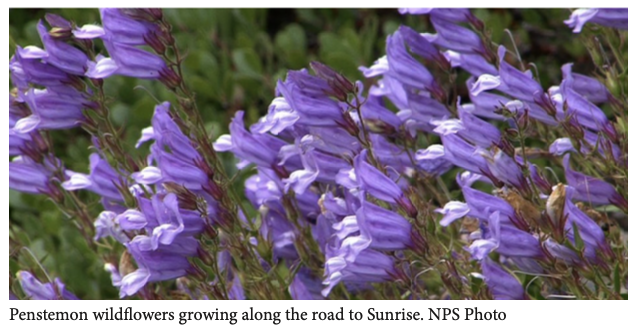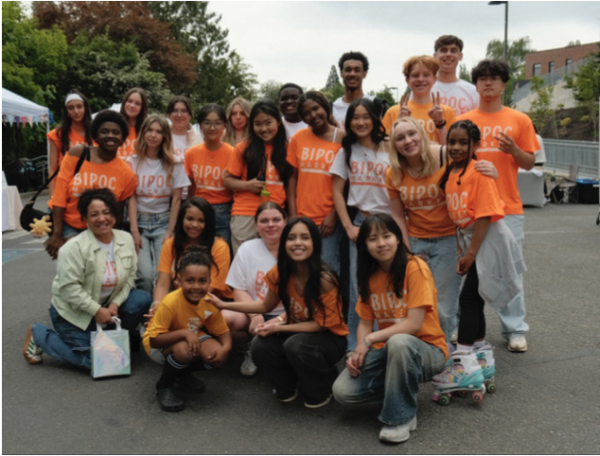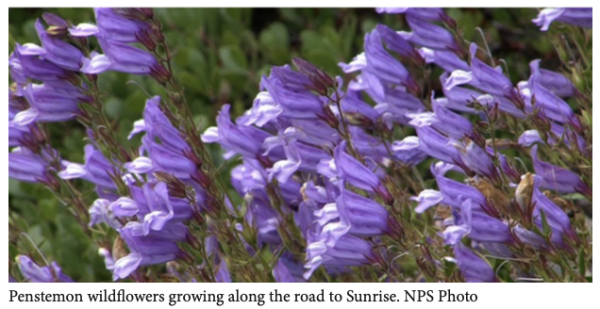IA Engagement: Social Media and Political Discourse
November 5, 2022
The summer of my freshman year I read an article about an individual from my community who led a Black Lives Matter protest across the Golden Gate Bridge. This sparked an interest in me to understand how movements grab attention through different mediums as the protest was widely broadcasted across my social media sphere. Technology has drastically changed the parameters of communication in the 21st century and I could see this happening on a local spectrum. My entire social media was filled with posts from my peers advertising the Golden Gate Bridge protest in support of activist Tiana Day. Day inspired thousands of people to protest for miles across the bridge and I felt determined in understanding how the protest was propelled through social media and how her digital audience grew dramatically that summer as more and more people supported her in her cause. Today, Day is an accomplished activist attending the University of Southern California and I knew that to understand the global political issue that is social media activism, I had to speak with her. My interview centered around local experiences in the Bay Area, a place that has been described by the people around me as a ‘bubble’ in terms of political affiliations. In speaking with her, I ultimately wanted to understand the implications of social media in reference to events such as the global #BlackoutTuesday, a social media trend that has been described as performative, and a local controversy in which a Bay Area school district went viral on Twitter for derogatory language, to ask the question: how does social media activism impact political discourse and has it exacerbated polarization?
Social media and political discourse have had a symbiotic relationship in the last few years as, in simple terms, the public is being given content based upon their interests, affiliations and desires. As a result, said people begin to solely seek out these forms of knowledge. This phenomenon describes what it’s been like to live in information silos, ones that have been based on our political beliefs. These information silos are at the root of the causes of polarization and the spread of misinformation in the cases of the Capitol Hill riot, COVID-19 controversies and Black Lives Matter in the year 2020. These bipartisan issues are key to understanding how political parties, more specifically to this paper conservatives and democrats, in the United States have grown more polarized with the assistance of social media.
Early this year, Donald Trump’s supporters led a riot on the Capitol Building in Washington D.C. to protest the prior election results. Trump has gone on to refer to the rioters as “special people” and has expressed his appreciation for their baseless claims on election fraud. Trump was capable of instigating the violence against the U.S. government through the usage of social media and the actual events that took place in the Capitol Building were documented and planned with the assistance of social media. On numerous platforms, people were able to communicate the details of the larger plan, specifically routes to enter the building to avoid police and tools helpful in breaking doors. This direct assistance social media had can be related to the concept of power, which can be described as a performative act routed through authority. Social media has clearly extracted power from the U.S. government and, to an extent, has allowed power to be claimed, through non-violence as well as violence, from the public, whether that be on the basis of truth or misinformation.
A national survey was conducted by Northwestern University surveying 21,000 Americans to explore the impacts of misinformation on social media in terms of COVID-19. One of the most tangible connections made by analyzing the data was that those who believe in conspiracy theories related to the pandemic were also less likely to take the vaccine; only 47% of respondents who believe that the virus originated as a weapon in a Chinese lab said they would receive a COVID-19 vaccination. The COVID-19 vaccine became an opportunity for power-seeking actors, anywhere from regular individuals to powerful states and figures, one of whom was Trump. Local media ecosystems were breeding grounds for these actors to make statements on the validity of the science behind the vaccine and necessary precautions to take during the pandemic.
Going back to my interview with Tiana Day, I learned a lot about the media attention prevalent in the U.S. towards Black Lives Matter, a political movement founded in 2013, that experienced a surge in conversation in the months of May and June of 2020. This can be attributed to the outcry surrounding George Floyd’s death as Officer Derek Chauvin murdered him during an arrest as Floyd repeatedly said that he couldn’t breathe. The video of this event was spread rapidly throughout news outlets as well as social media. It was the catalyst for the social media movement #BlackoutTuesday soon thereafter. #BlackoutTuesday went viral with more than 14.6 million individuals, organizations and brands participating in posting a black square on Instagram. The amount of people participating in the conversation over the justice system in the US. was like never before and provides evidence to the claim that social media plays an extensive role in the realm of politics, especially in the U.S.. Social movements can be propelled in such an accessible form. What change can be made on a local scale here at Annie Wright? Could social media assist in this? What are the consequences of this?









